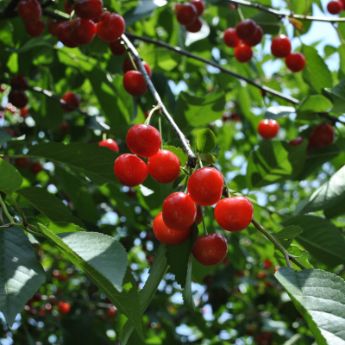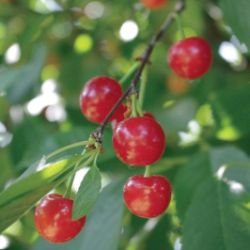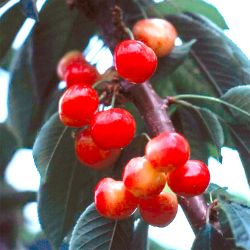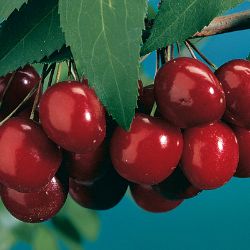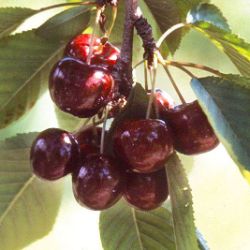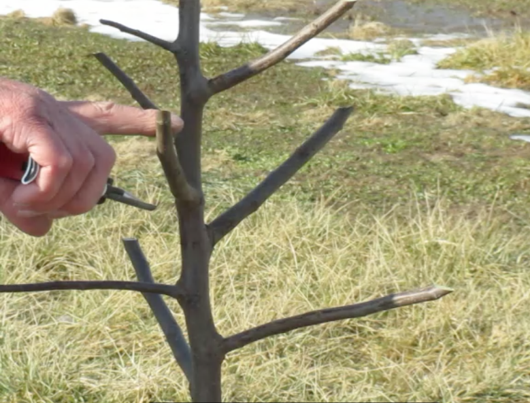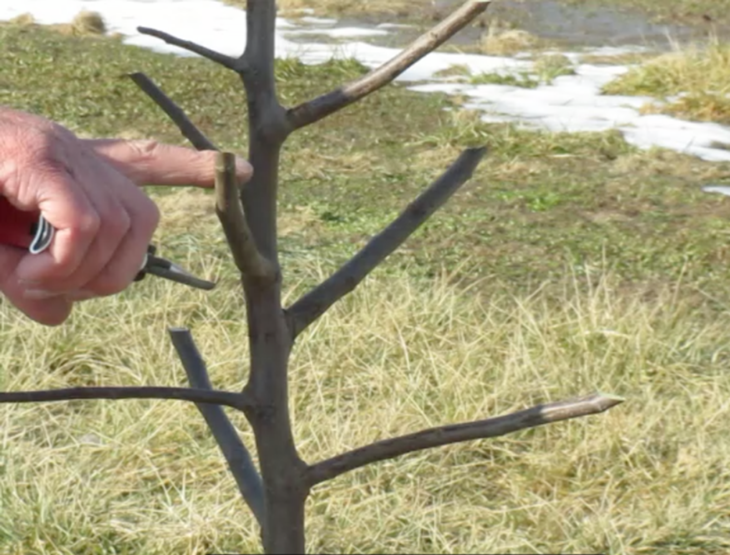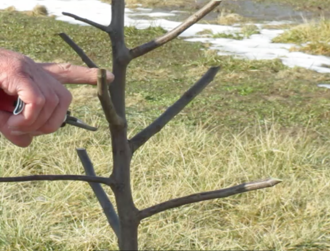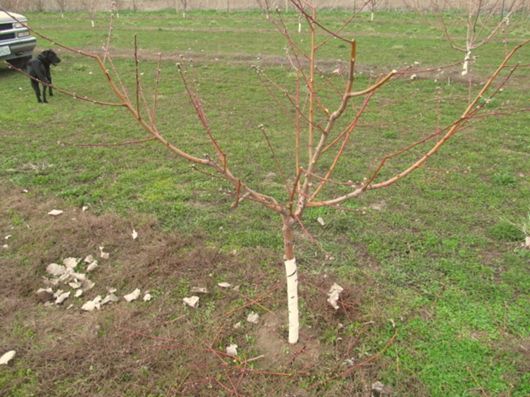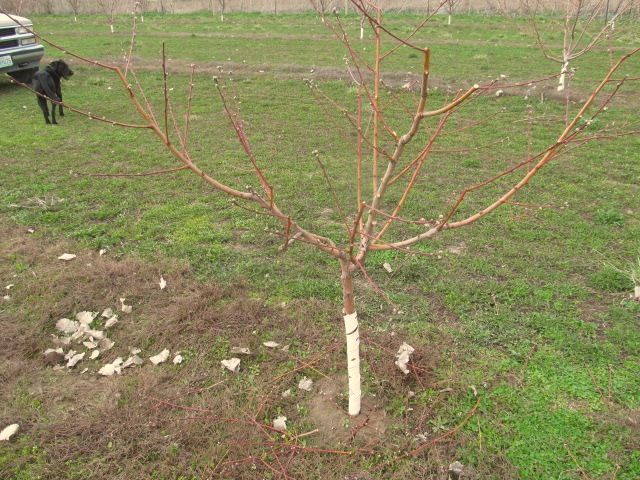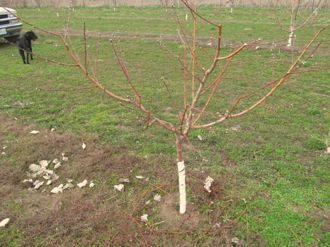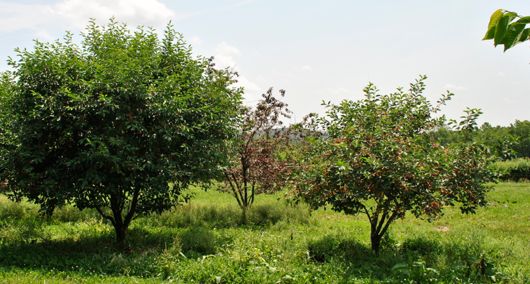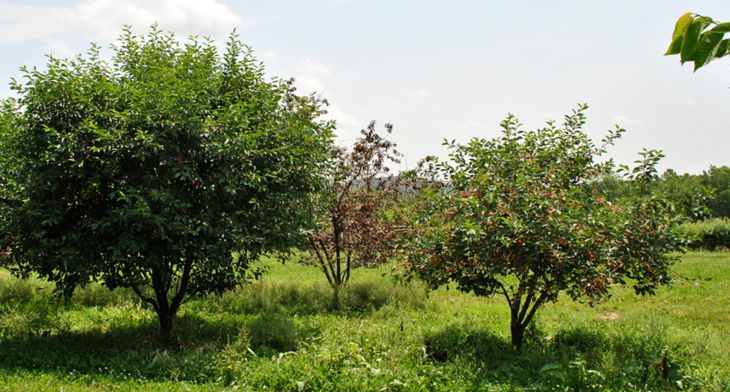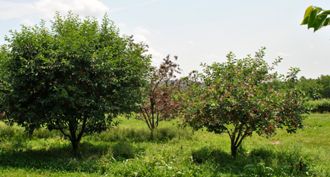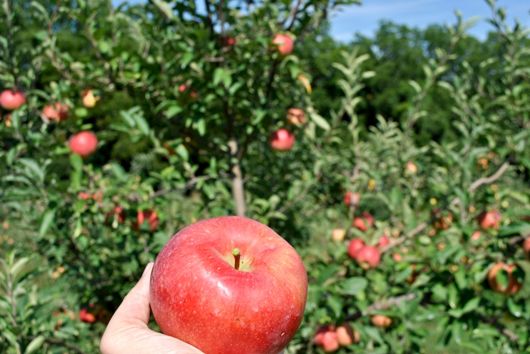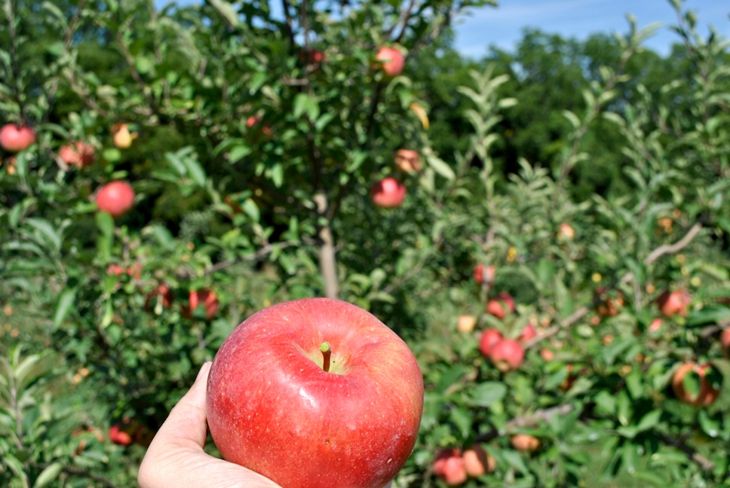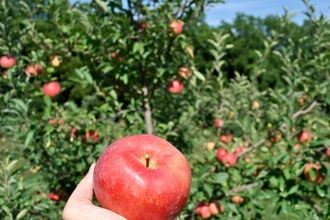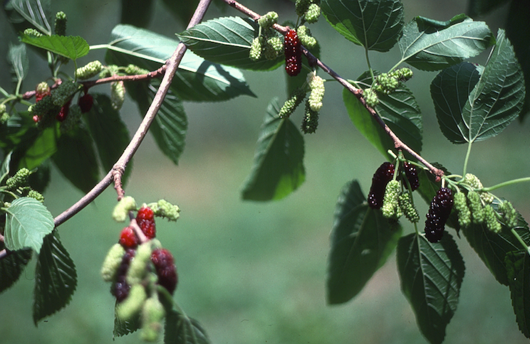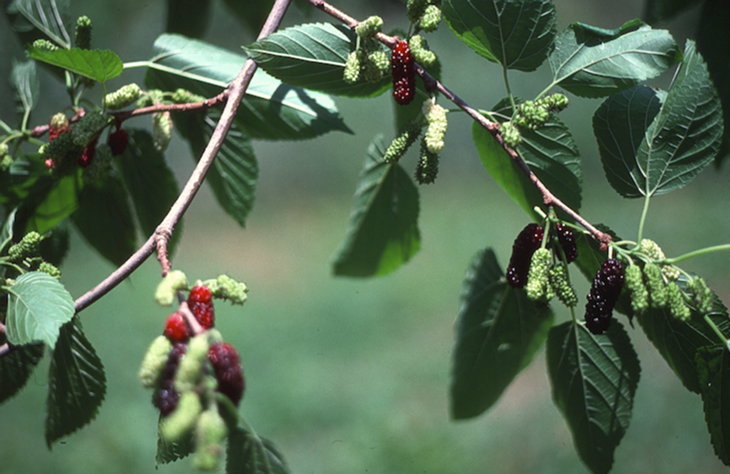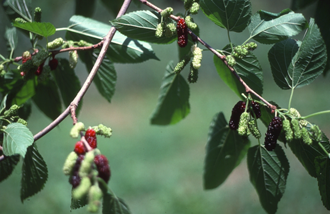Cherry Trees
Cherry Trees Buyer's Guide
A cherry tree will bear abundant crops of mouthwatering cherries, and serve as a beautiful standout in any landscape during spring’s cherry blossom season. Plant a cherry tree and grow a wonderful fruit that people have been enjoying for generations. Within our selection of cherry trees you will find:
- Sour Cherry Trees, which produce tangy pie cherries that are ideal for cooking and baking. These tart cherries are perfect for any number of recipes, including pies, cobblers and juices.
- Sweet Cherry Trees produce the familiar sweet cherries and are exceptionally delicious when picked fresh and popped in your mouth like candy. These cherries make great fresh or dried snacks.
- Within our cherry tree selection, you will also find Heirloom Cherry Trees — antique cherry varieties that have withstood the tests of time.
To ensure your growing success and satisfaction, there are a few things to consider when you buy a cherry tree.
Zone Compatibility
Your climate plays an important role in whether a cherry tree will be successful. Make sure the hardiness zone range of the tree you choose includes your area.
Proper Pollination
Some of the cherries we grow are self-pollinating cherry trees, but we still recommend planting another cherry variety in your yard for optimum fruit production.
For cherry trees that do require pollination by a different variety, be sure to check the description of your tree to see which pollinators our experts recommend. Often, the absence of proper pollination is why trees produce poorly or don’t bear fruit.
Mature Tree Size
Pick the right size tree for your available space. When our cherry trees mature, they will be one of these sizes:
- Dwarf Cherry Trees — mature to be about 8-14' tall and wide. Even though they are smaller, they produce an abundance of full-size fruit.
- Semi-Dwarf Cherry Trees — mature to be about 12-18' tall and wide. They offer maximum fruit yield per square foot.
- Standard Cherry Trees mature to be about 18-25' tall and wide. They are perfect if you have a large space or want a multi-purpose cherry & shade tree.
Tree Development
Cherry Trees do not develop in the same way as other fruit trees, and they do not look like them early on. When you receive one of our young, bare-root cherry trees, it may not have any branches, causing it to resemble a whip. These “whips” have less growth for the roots to support, creating a better balance for the tree and allowing its roots to become more established during the first year. This successful early transplanting will encourage strong, healthy development for future growing seasons.
Soil Drainage
If you select a sweet cherry tree, make sure your cherry tree’s root system will have adequate drainage. If your soil is heavy and holds water, it could cause complications. Be sure to choose your planting site wisely. Learn how to Plan Ahead for Rainy Weather.

